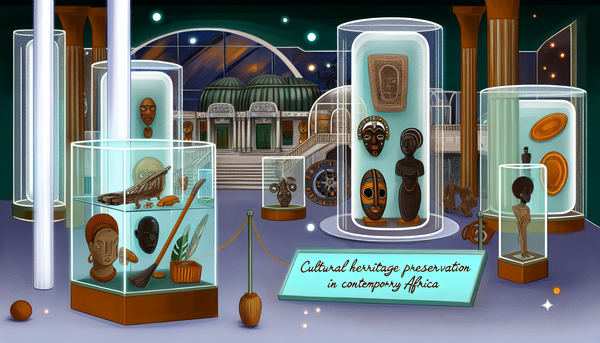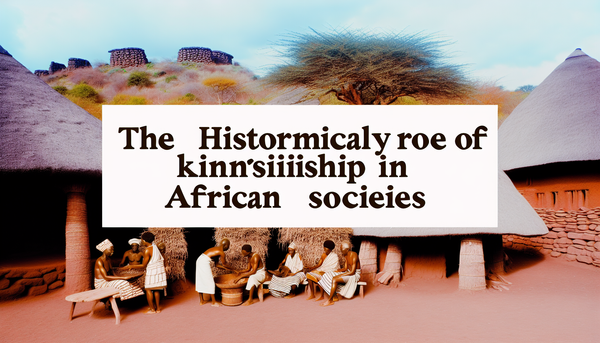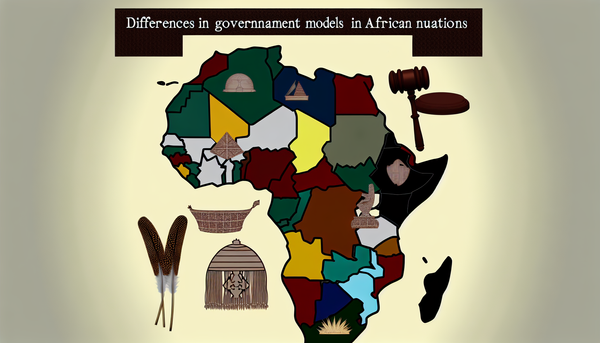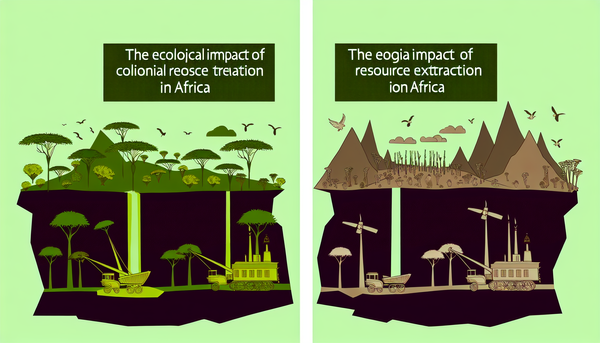Transportation Innovations in African History
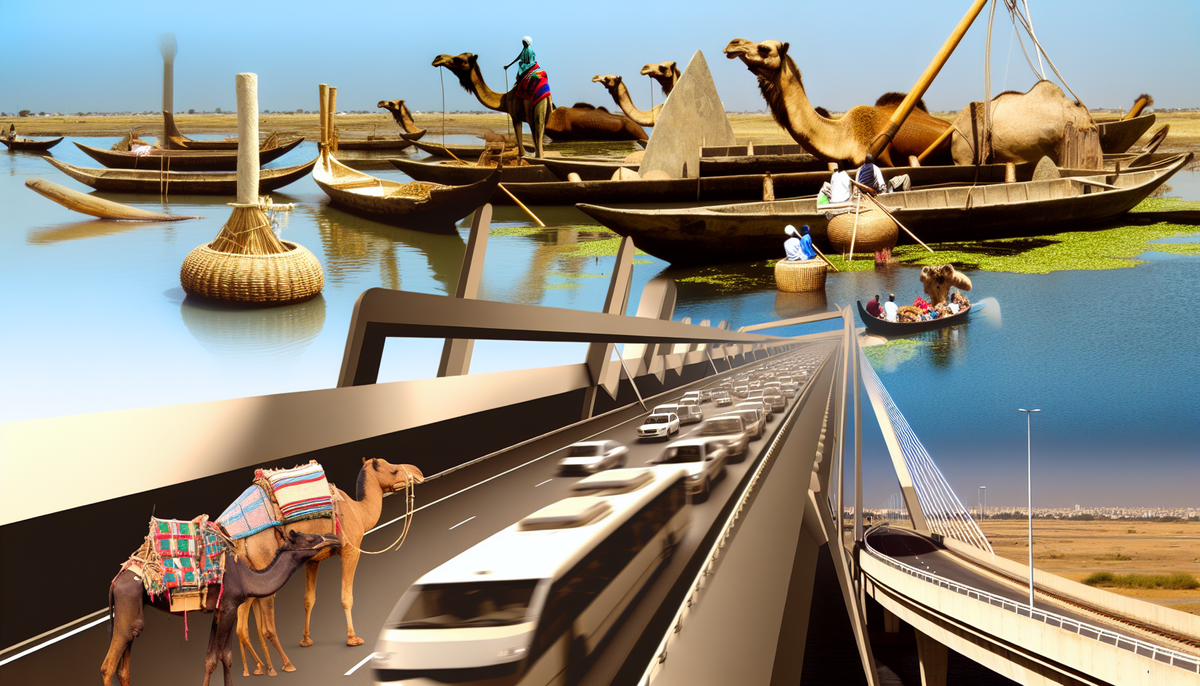
Early Trade Routes Across the Sahara
The Sahara Desert, a vast expanse of arid land, has historically served as a significant barrier and a vital trade corridor in Africa. From ancient times, trade routes emerged across this desolate landscape, facilitating the exchange of goods, culture, and ideas. The trans-Saharan trade network primarily connected the Mediterranean societies with sub-Saharan Africa, enabling the flow of gold, salt, ivory, and other valuable commodities.
Camels, known as the "ships of the desert," became instrumental in this trade, enabling merchants to traverse the harsh environments of the Sahara. These animals could endure long journeys without water, making them ideal for transporting goods over great distances. Trade hubs such as Timbuktu and Gao flourished as they became pivotal points for commerce, knowledge, and cultural exchange.
In addition to economic exchanges, these trade routes contributed to the spread of Islam, as Muslim traders interacted with various communities. The rich tapestry of interactions fostered a blend of traditions and languages that shaped the continent's cultural landscape. Thus, the early trade routes across the Sahara not only facilitated material wealth but also played an essential role in the historical and societal development of Africa.
Railway Expansion During the Colonial Era
The railway expansion during the colonial era in Africa marked a transformative period in the continent's infrastructure and economic landscape. European powers recognized the potential of railways to extract resources and facilitate the movement of goods from the interior to coastal ports. This led to ambitious railway projects across several regions, notably in British East Africa, French West Africa, and South Africa.
The iconic Uganda Railway, constructed between 1896 and 1901, exemplifies this era. Designed to connect the port city of Mombasa to the interior, it was a monumental endeavor that faced numerous challenges, including harsh terrain and labor disputes. The use of forced labor, particularly the recruitment of thousands of laborers from India, highlighted the exploitative nature of colonial infrastructure projects.
Railways not only served economic purposes but also influenced social dynamics. They facilitated migration, allowing for the movement of colonial administrators, traders, and settlers, leading to demographic shifts in various regions. However, this expansion often disregarded the rights and cultures of local populations. Thus, while railway expansion fueled economic growth and connectivity, it also left a legacy of disruption and inequality that would continue to impact African societies long after independence.
Introduction of Motor Vehicles and Impact on Trade
The introduction of motor vehicles in Africa during the mid-20th century revolutionized transportation and significantly impacted trade dynamics across the continent. As countries gained independence and began to modernize their economies, the adoption of automobiles, trucks, and buses became essential for facilitating commerce. Motor vehicles offered a faster, more efficient means of transporting goods and people compared to traditional methods such as ox-drawn carts and railways.
One of the most notable benefits was the increased accessibility to remote areas, allowing local farmers and traders to reach markets more easily. This transformation not only enhanced domestic trade but also bolstered regional integration by connecting various economic hubs. The proliferation of roads led to the establishment of new trade routes, making it easier for businesses to operate and expand.
However, the rise of motor vehicles also brought challenges, including road maintenance and safety concerns. As traffic congestion and accidents increased, the need for better infrastructure and regulations became evident. Despite these challenges, the impact of motor vehicles on trade in Africa has been profound, as they have created new opportunities for economic growth and have played an essential role in shaping the continent's commercial landscape.
Air Travel Development in Post-Colonial Africa
The development of air travel in post-colonial Africa significantly transformed the continent's dynamics, enhancing connectivity, tourism, and economic opportunities. Following independence in the mid-20th century, many African nations recognized the importance of aviation as a means to foster international relations, trade, and mobility. National airlines were established to serve domestic and international routes, with airlines like Ethiopian Airlines and South African Airways becoming pioneers in the industry.
Air travel reduced travel times drastically, allowing for quicker movement of people and goods across vast distances. This facilitated trade, tourism, and cultural exchange, promoting a growing sense of unity among African nations. Moreover, air travel played a crucial role in attracting foreign investment, as improved connectivity made it easier for investors to engage with local markets.
However, the aviation sector also faced challenges, including inadequate infrastructure, political instability, and competition from international carriers. Many African airlines struggled with financial sustainability, resulting in an ongoing need for strategies to enhance efficiency and profitability.
Despite these challenges, the growth of air travel in post-colonial Africa laid the groundwork for an increasingly globalized continent, fostering economic integration and enhancing Africa's position on the world stage. The potential for future growth remains high, driven by a rising middle class and the demand for connectivity.
Rise of Public Transportation Systems in Urban Areas
The rise of public transportation systems in urban areas of Africa has been a vital response to rapid urbanization and population growth in recent decades. As cities like Lagos, Nairobi, and Johannesburg expanded, the need for efficient and accessible transportation became increasingly important to accommodate the influx of residents seeking economic opportunities.
Public transit initiatives, including buses, mini-buses, and commuter trains, have emerged to address the challenges of traffic congestion and inadequate infrastructure. For instance, the introduction of Bus Rapid Transit (BRT) systems in cities like Lagos and Dakar has provided a structured and reliable mode of transport, significantly reducing travel times and costs for commuters. These systems have also contributed to decreased reliance on private vehicles, promoting more sustainable urban mobility.
Moreover, the rise of public transport has fostered economic growth by facilitating access to jobs, education, and healthcare. Informal transportation options, such as “matatus” in Kenya, have also played a crucial role by providing flexible and affordable services for millions.
However, challenges remain, including the need for improved safety, maintenance, and integration of various transport modes. Despite these hurdles, the growth of public transportation systems is a promising step toward more sustainable and connected urban environments in Africa, ensuring that diverse populations can thrive in rapidly evolving cities.
Advancements in Sustainable Transport Solutions
In recent years, advancements in sustainable transport solutions have emerged as critical components in addressing the environmental challenges posed by urbanization and climate change. Across Africa, initiatives aimed at promoting eco-friendly transportation options are gaining momentum, driven by the need for reduced carbon emissions and improved urban air quality.
One of the most notable developments is the increased investment in electric public transport systems, including electric buses and trams. Cities such as Cape Town and Nairobi are exploring the integration of electric vehicles into their public transit networks, reducing reliance on fossil fuels and lowering greenhouse gas emissions. Furthermore, the expansion of cycling infrastructure and pedestrian-friendly urban planning has made sustainable mobility more accessible and attractive for residents.
Additionally, shared mobility solutions, including car-sharing and ride-hailing services, are on the rise, promoting the efficient use of vehicles while reducing the number of cars on the road. These innovations not only alleviate traffic congestion but also foster a shift toward more responsible transportation habits.
Governments, NGOs, and private sectors are increasingly collaborating to implement sustainable transport policies and invest in green technologies. As these advancements continue, they play a vital role in shaping resilient urban landscapes and promoting a sustainable future for transportation in Africa.
Technological Progress in Maritime Shipping Connections
The technological progress in maritime shipping connections has significantly enhanced global trade, particularly for African nations reliant on exports and imports. Innovations in shipping technology have transformed logistics, increasing efficiency, safety, and sustainability in the maritime industry.
One of the key advancements has been the introduction of automation and digitalization in shipping operations. Smart ports equipped with automated cranes and advanced cargo handling systems have streamlined the loading and unloading processes, reducing turnaround times for vessels. Real-time tracking systems, powered by the Internet of Things (IoT), allow shipping companies to monitor cargo throughout its journey, enhancing supply chain transparency and improving risk management.
Moreover, advancements in fuel-efficient vessels and green technologies are reducing the carbon footprint of shipping. The adoption of cleaner fuels, such as liquefied natural gas (LNG), coupled with innovations in hull design and optimization software, has made shipping more environmentally sustainable.
Additionally, improved connectivity infrastructure, including enhanced navigational systems and electronic data exchange platforms, facilitate smoother maritime operations and enhance collaboration among stakeholders. Collectively, these technological advancements are not only reshaping the maritime landscape but also providing African countries with the tools needed to engage more effectively in global trade, increase competitiveness, and stimulate economic growth.
